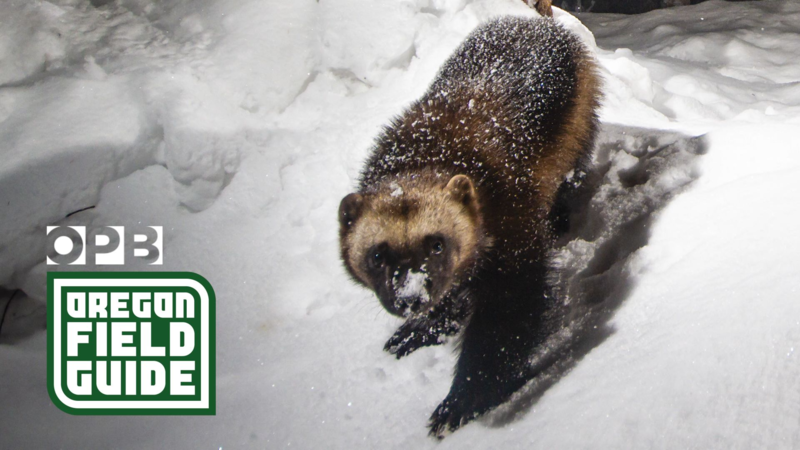Stephanie Williams and David Moskowitz deftly weave their snow machines up and around heaps of snow and jagged blocks of ice. They sometimes stand on the machines or hang off to one side, to keep them from flipping and tumbling down into the ravine cut by the Early Winters Creek.
Heavy snowfall and recent avalanches have practically erased the North Cascade Highway from this winter landscape. They travel some 15 miles up the winding snow-covered road, higher and deeper into Washington’s North Cascades.
At a spot that would be insignificant to anyone else, they stop. There is no obvious trail here, just subalpine conifers and snow.
Williams and Moskowitz unstrap their skis, shoulder their packs, and then head into the trees.
There are few places like the North Cascades; they are a dense jumble of rugged mountains, nearly impenetrable in the grip of winter. Williams’ and Moskowitz’s alpine touring skis crack the crust of ice on the snow as they break trail higher up the steep slope.
Soon, they begin to breathe steadily from the brisk pace, their cheeks get rosy and noses drip. This is where both of these backcountry enthusiasts like to be each winter, but they are not here simply for their own recreational pleasure; they’ve come for a biological research project of their own design.



 State of Washington
State of Washington Wildlife
Wildlife Research
Research


